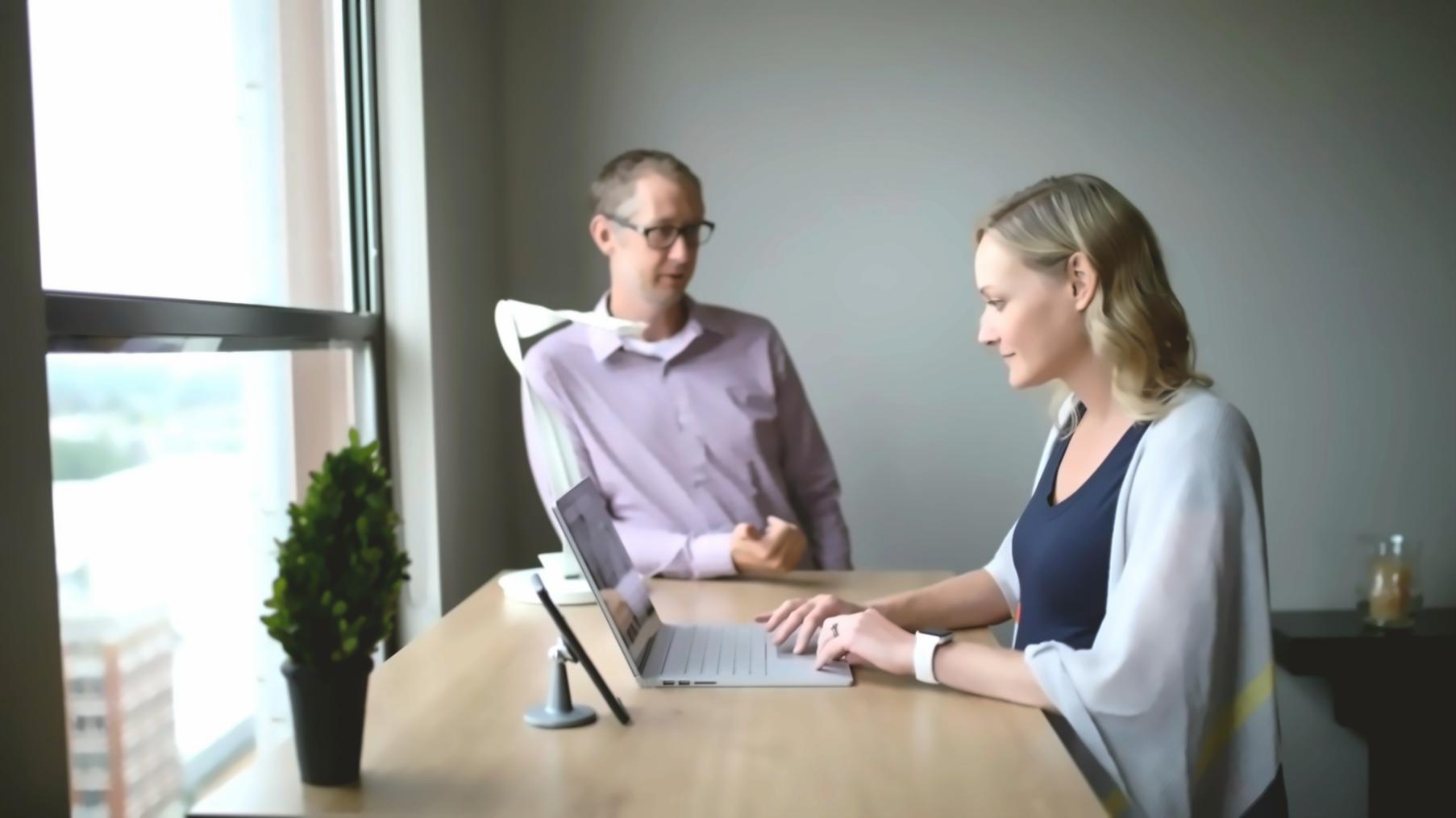Master the Essentials of Financial Insight
When you watch a true expert handle financial analysis, it’s almost like they’re looking at a completely different landscape than a novice. They don’t just crunch numbers or follow
formulas—they see connections, patterns, and risks that others miss entirely. Novices, on the other hand, tend to focus on surface-level details, plugging in data and hoping for the
best. But here’s the thing: the gap between those two approaches isn’t just about experience—it’s about how someone thinks, how they frame problems, and how they interpret even the
most basic concepts. And that’s where this framework shifts everything. It’s not about memorizing more formulas or learning another software tool. It’s about rewiring how you think,
so the numbers stop being just numbers and start telling you a story. That’s the real transformation. Once you develop these skills, the world of finance becomes something entirely
different. You stop being reactive—just responding to what the data says—and start being proactive. You can spot underlying trends before they’re obvious to others. You can see
beyond the immediate problem and understand how today’s choices ripple into the future. It’s like gaining the ability to think several moves ahead in a game where most people are
still trying to figure out the rules. And it’s not just about accuracy—it’s about confidence. You won’t second-guess yourself as much because you’ll know you’ve built your
conclusions on a foundation that’s both logical and nuanced. Honestly, it even changes how you see risk. Instead of fearing it, you start to see it as something you can dissect,
understand, and, in some cases, even use to your advantage. Here’s a challenge: what if most of what you thought you understood about financial analysis was actually incomplete? Not
wrong, necessarily, but shallow. That’s what struck me most when I first dove into this approach—realizing how much I’d been skimming the surface without even realizing it. And it’s
not just me; I’ve seen others go through the same shift, sometimes reluctantly at first. But once they get it, they start to ask better questions, make sharper decisions, and
honestly, they stand out. Not because they’re louder or flashier, but because their insights carry weight. It’s not just about being competent—it’s about becoming someone others
instinctively trust to see what they can’t. And that’s where the real power lies.
The course begins with the basics—really, the kind of stuff you think you already know but don’t actually apply well. Like breaking apart the income statement and staring at it long
enough that patterns start to emerge. Why is COGS moving faster than revenue in this quarter? What does that say about operational efficiency? It’s not just definitions here; it’s
learning to ask questions without having the answers handed to you. And, honestly, it can feel slow at first, like reading a book in a language you only half remember. But then you
get into the flow. Later, it pivots—less about the “what” and more about the “why” and “how.” Ratio analysis and liquidity, sure, but also things like working capital management.
There’s this one case study on a manufacturing firm that keeps overinvesting in inventory. You’ll dig through their statements, trying to figure out who in their finance team missed
the obvious. Or maybe it wasn’t obvious at all. It’s the kind of exercise where you don’t just learn the formulas; you start to think about decisions, mistakes, and what the numbers
aren’t telling you. It’s messy in a good way. The most interesting part, though, is when they throw curveballs—random variables, incomplete data sets. You’d think that would be
frustrating, and it kind of is, but it’s also realistic. No one hands you a perfect Excel sheet tied up with a bow. One scenario has you estimating cash flow for a startup with
revenue projections that are borderline laughable. What do you do with that? You’ll get comfortable being uncomfortable, making educated guesses, and explaining them—because the
“wrong” explanation can still be the right process. Feels more like real life than a classroom sometimes.






